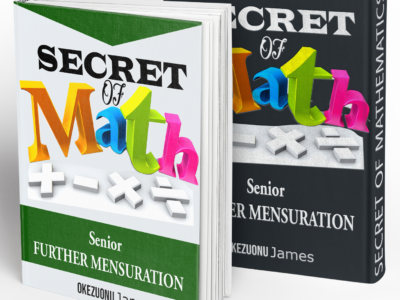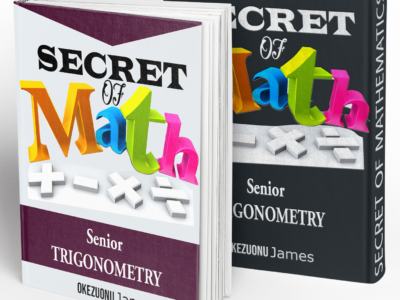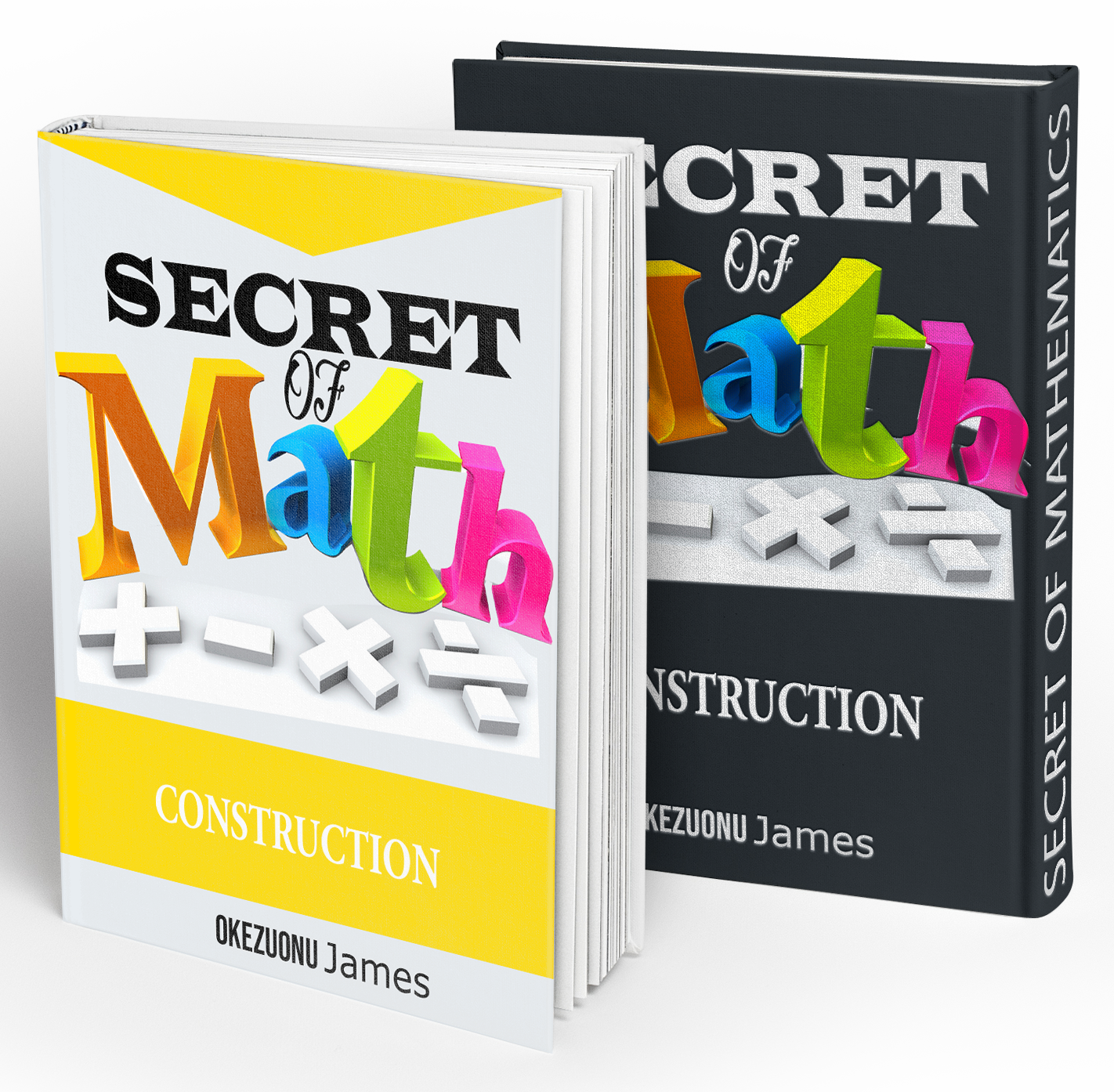Construction
Overall, a math video website lesson on construction should provide students with a solid foundation in the key concepts and techniques used in construction.
Overview
Construction is a fundamental topic in mathematics that involves creating shapes, figures, and objects using various tools such as compasses, rulers, protractors, and straight edges. This topic is essential for students who want to develop their problem-solving skills and spatial awareness.
Here are some of the key concepts you may want to cover when creating a math video website lesson on construction:
- Basic tools: Before diving into construction techniques, it’s important to introduce the basic tools students will be using. These may include a compass, ruler, protractor, and straight edge.
- Geometric shapes: Construction involves creating various geometric shapes such as triangles, quadrilaterals, and circles. It’s important to teach students how to identify and differentiate between these shapes.
- Angle measurement: Construction often involves creating angles of different measures. Students should be taught how to measure angles using a protractor and how to create angles of specific measures.
- Bisecting angles and segments: Bisecting is a critical technique in construction, and students should learn how to bisect angles and segments accurately.
- Constructing perpendicular and parallel lines: Perpendicular and parallel lines are essential in many geometric constructions. Students should learn how to create these lines accurately using a straight edge.
- Construction of polygons: Polygons are complex shapes that can be constructed using basic construction techniques. Students should learn how to construct polygons with various numbers of sides, such as pentagons and hexagons.
- 3D constructions: Construction can also involve creating 3D objects such as prisms and pyramids. Students should learn how to create these objects using basic geometric shapes and construction techniques.
Overall, a math video website lesson on construction should provide students with a solid foundation in the key concepts and techniques used in construction. With practice and patience, students can develop their skills and gain a deeper understanding of geometry and spatial reasoning.






